Your cart is currently empty!
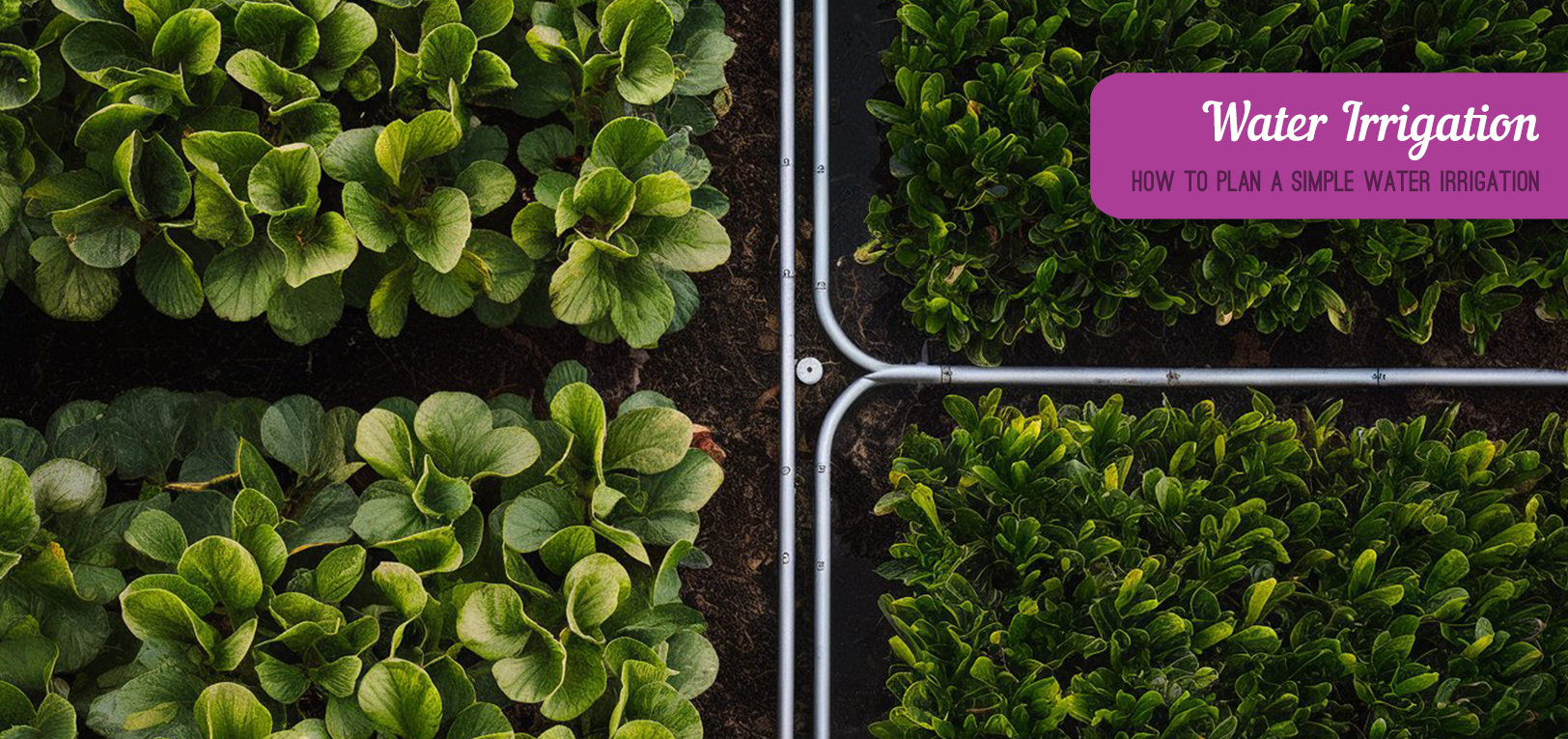
How to Create the Irrigation System inside Our Permaculture
Planning an irrigation system in a permaculture garden involves several key steps to ensure efficient and effective water distribution. Here is a comprehensive guide to help you design and implement a sustainable irrigation system:
Step 1: Map Your Garden
- Create a Map: Start by mapping out your garden, including the location of plants, paths, and any obstacles like trees or rocks. This will help you visualize the layout and plan accordingly[1].
- Measure and Calculate: Measure the length and width of each bed and calculate the number of driplines needed. This will help you determine the length of the dripline and the number of connectors, valves, and other components required[4].
Step 2: Choose the Right Tools
- Dripline Irrigation: Drip irrigation systems are highly efficient and provide precise water delivery directly to the roots of plants. They can save up to 80% of water compared to traditional hosepipe methods[5].
- Gravity-Fed Systems: Use gravity-fed systems where possible to reduce the need for pumps and save energy. This can be achieved by elevating the water source and using a simple A-frame to map out the contours[1].
- Rainwater Harvesting: Utilize rainwater collection systems to supplement your irrigation needs. This can be done by installing water butts and rainwater harvesters[5].
Step 3: Design for Efficiency
- Loop Main Pipes: Ensure that your main pipes are looped rather than having dead ends. This will provide a more even pressure at each outlet, ensuring efficient watering[4].
- Use Valves and Timers: Install valves and timers to control the flow of water and schedule watering sessions. This can be automated for convenience and efficiency[4].
- Mulching and Seasonal Planting: Consider mulching and seasonal planting to reduce the need for frequent watering. This can also help with soil health and erosion control[1].
Step 4: Install and Maintain
- Install Components: Install the driplines, connectors, valves, and other components according to your design. Ensure that all connections are secure and leak-free[4].
- Flushing and Cleaning: Regularly flush and clean the irrigation system to prevent clogging and ensure optimal performance[4].
- Monitor and Adjust: Monitor the system’s performance and adjust as needed to ensure optimal watering and minimize waste[4].
Additional Tips
- Use Local Suppliers: Avoid mainstream hardware stores and opt for local irrigation specialists for better prices and products[4].
- Consider Passive Water Harvesting: Use passive water harvesting techniques to collect and store rainwater for later use. This can be done by installing water butts and rainwater harvesters[3].
- Overflows and Bottom Flood Irrigation: Use overflows and bottom flood irrigation systems to ensure that excess water is utilized effectively. This can be achieved by directing the overflow to a nearby area or using it to flood the soil[3].
DIY Self Watering Recycled Pot for Plants
If you run out of pots and looking to short cut your routine on watering plants or even don’t have a clue on how much water needed for different kind of plants. Here’s a simple tricks to help your gardening time:
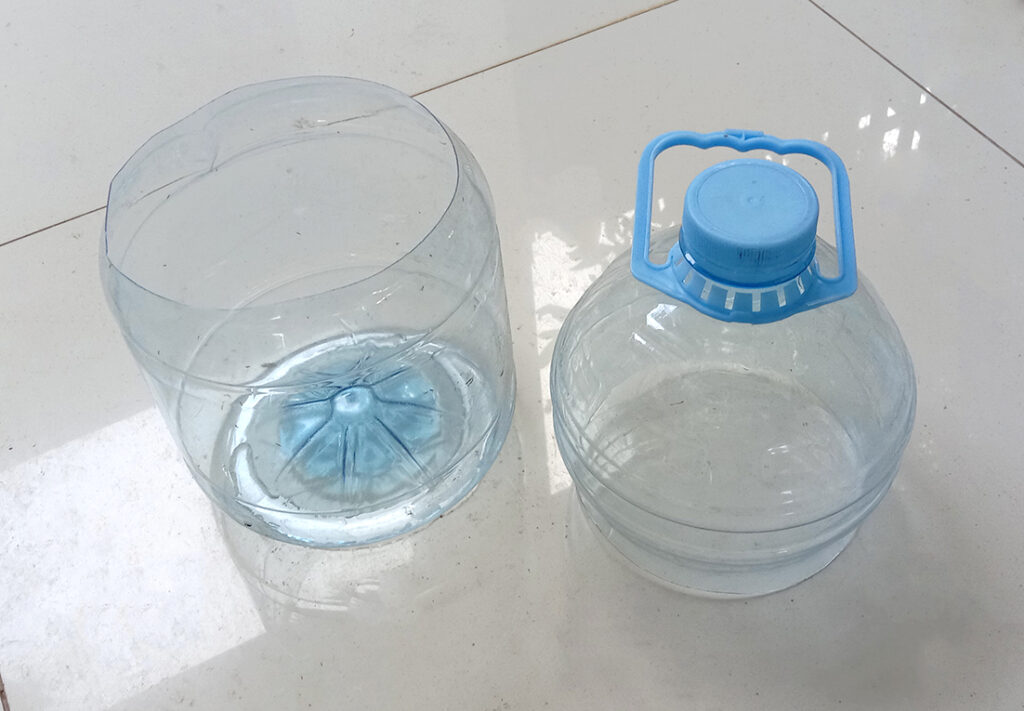
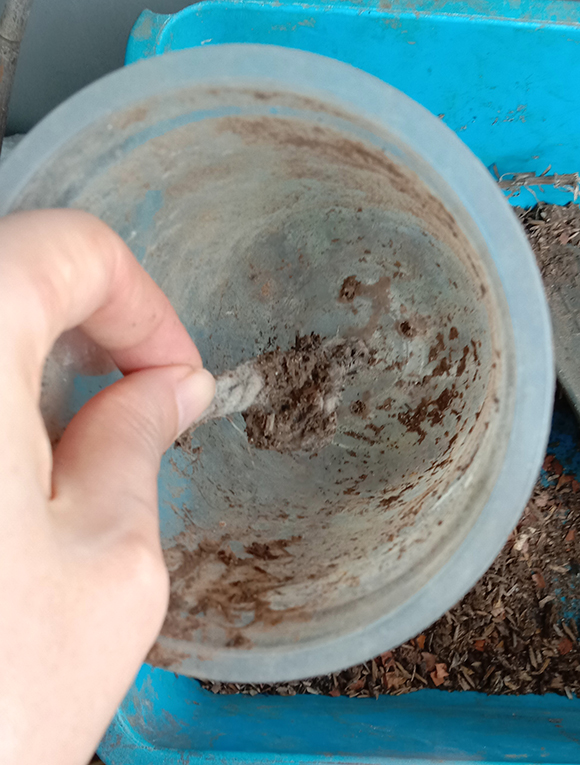
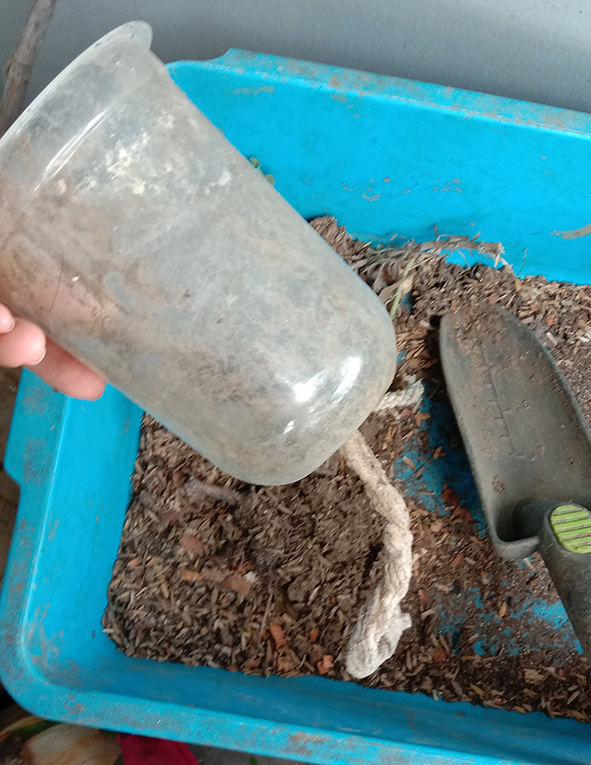
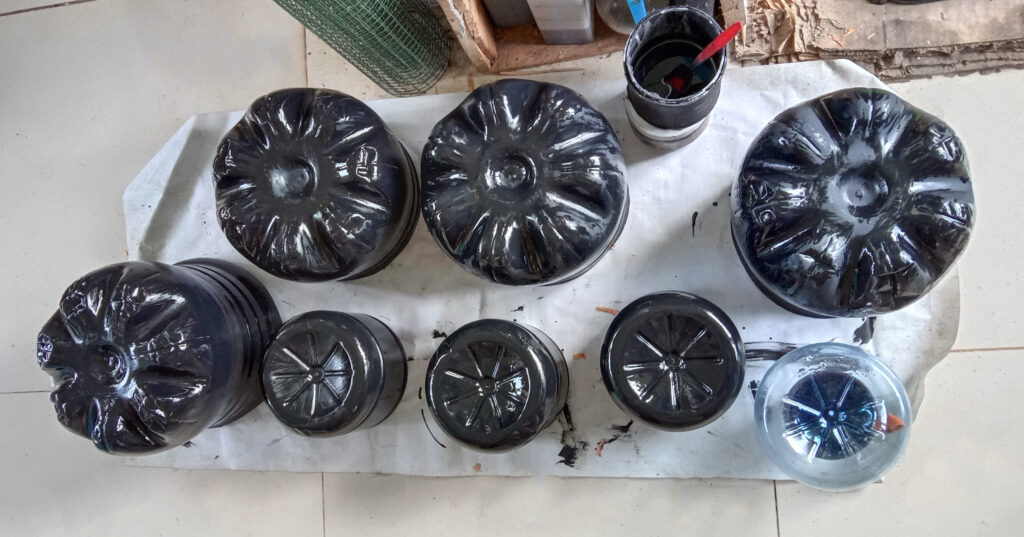
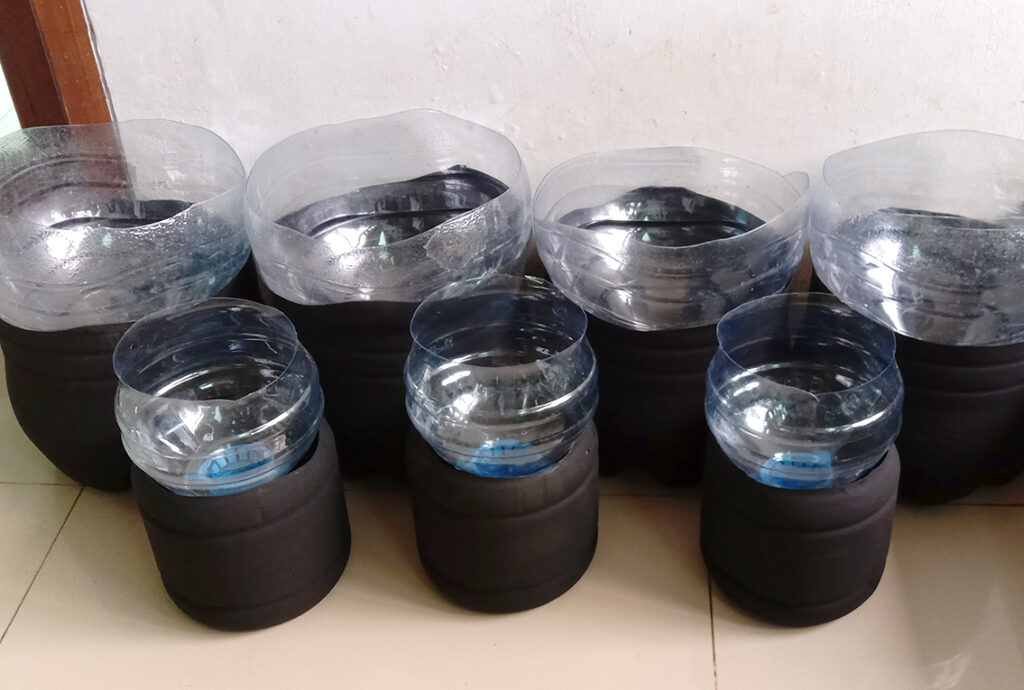
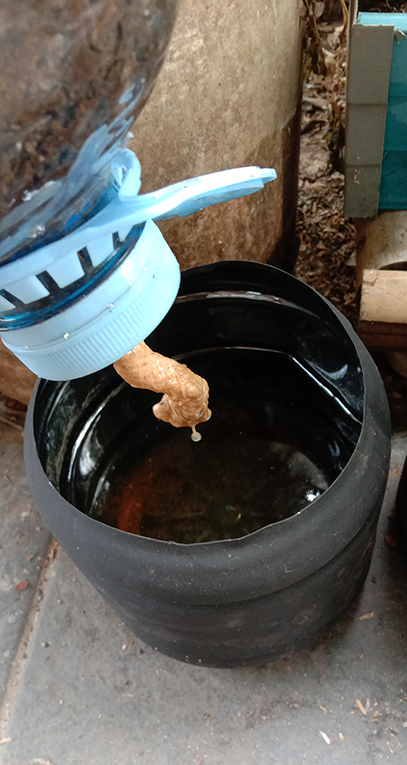
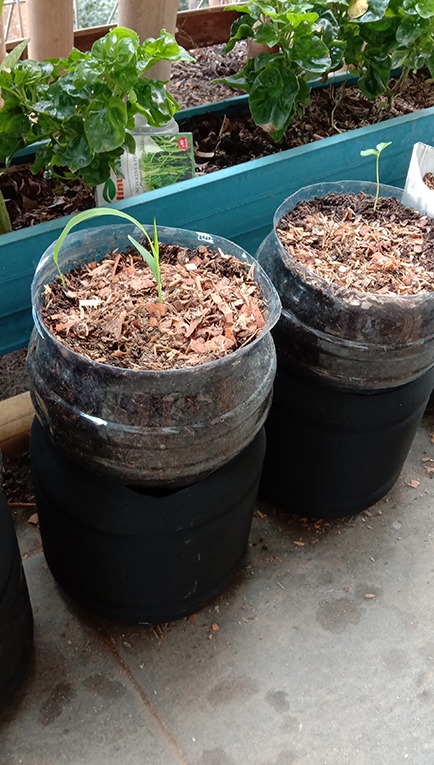
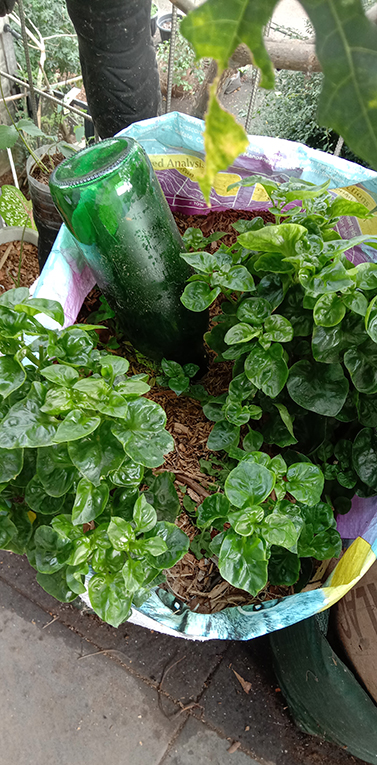
That’s all for the easy self-watering tips.
I hope by following all these steps and tips notes, you can create an efficient and effective irrigation system that supports the health and productivity of your permaculture garden.
Some Citations and Further Useful Readings or Links:
- https://permaculturevisions.com/plan-a-natural-irrigation-system/
- https://www.freepermaculture.com/water-system/
- https://www.youtube.com/watch?v=WgmUNi4Jark
- https://goodlifepermaculture.com.au/install-dripline-irrigation/
- https://www.easygardenirrigation.co.uk/pages/garden-irrigation-planning-guide-starter
- How to Harvest Rainwater?
- How to Make A Good Compost
- Permaculture in Urban Farming
- Our Home Small Green Farming


Leave a Reply